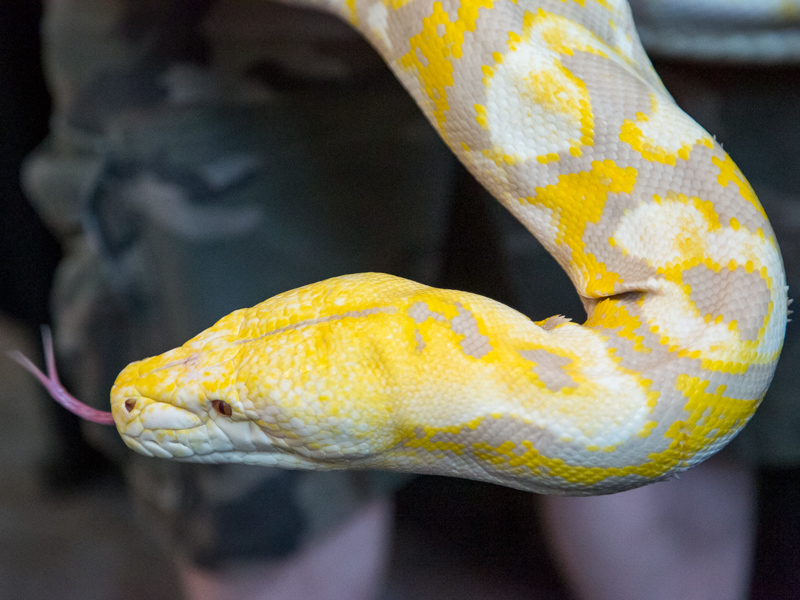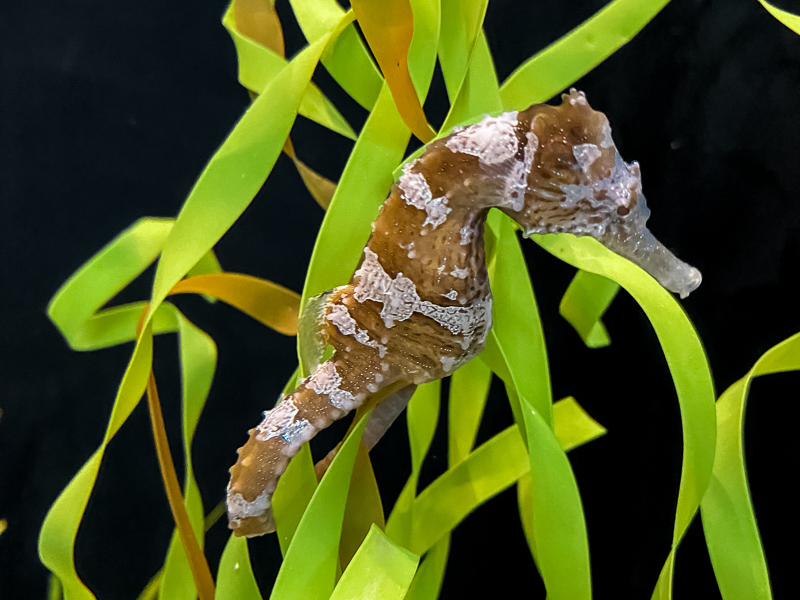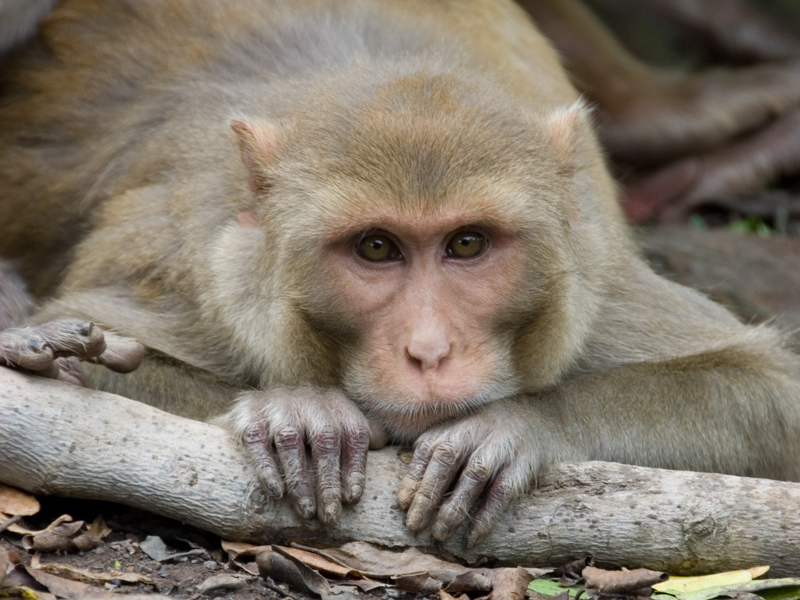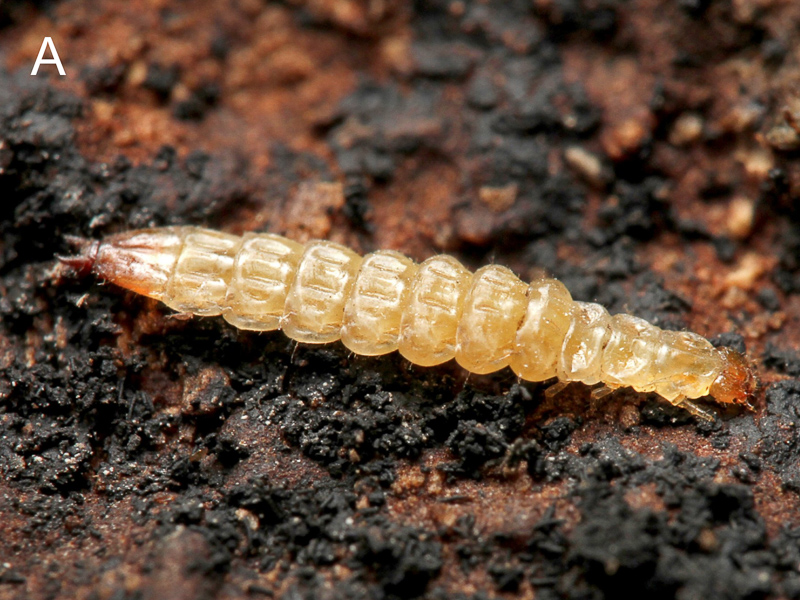
These Reptiles and Amphibians Are the Most: World’s Top 7 “Herps”
March 11, 2022
Hoppy Herp Days! Instead of our usual Reptile and Amphibian Day, we’re spreading the love for all things slithery, scaly, and slimy by having a MONTH of various “herp”-themed events – including herp hikes, virtual talks, workshops and more! We’re also awarding superlatives to seven of the most remarkable reptiles and amphibians. Reptile & Amphibian… Read More >

At the Museum: Seahorse breeding
February 10, 2022
Adult Lined Seahorse. Photo: Leanne Pietraniec/NCMNSClick to enlarge. Lined Seahorse fry. Photo: Elizabeth Reese/NCMNS.Click to enlarge. By Leanne Pietraniec, Curator of Fish and Invertebrates and Elizabeth Reese, Assistant Curator of Fish and Invertebrates With Valentine’s Day just around the corner, love will soon be in the air at the Museum, at least in the seahorse… Read More >

Study finds survivors of weather-related disasters may have accelerated aging
February 8, 2022
Cayo Santiago pre-hurricane. Aerial photo by Joyce Cohen. Cayo Santiago post-hurricane. Aerial photo by Joyce Cohen. When Hurricane Maria slammed into Puerto Rico in September 2017 as a high-end Category 4 storm, it left in its wake the largest catastrophe in the history of the island. The storm killed more than 3,000 people in its… Read More >

Meet Venus, Earth’s hot twin, during Museum’s Virtual Astronomy Days, January 24-30
January 21, 2022
RALEIGH, N.C. — Venus is Earth’s closest planetary neighbor and has a similar size and density to Earth, leading many to refer to the two planets as sisters or twins. But since Venus is perpetually shrouded in thick, yellowish clouds of sulfuric acid that trap heat, its surface temperatures are hot enough to melt lead… Read More >

Scientists Find Previously Unknown Jumping Behavior in Insects
January 19, 2022
Laemophloeus biguttatus larvae at various stages of their jump (top three images); motion-capture of a jump (bottom image). Image credit: Matt Bertone. A team of researchers has discovered a jumping behavior that is entirely new to insect larvae, and there is evidence that it is occurring in a range of species – we just haven’t noticed it before. The previously… Read More >

